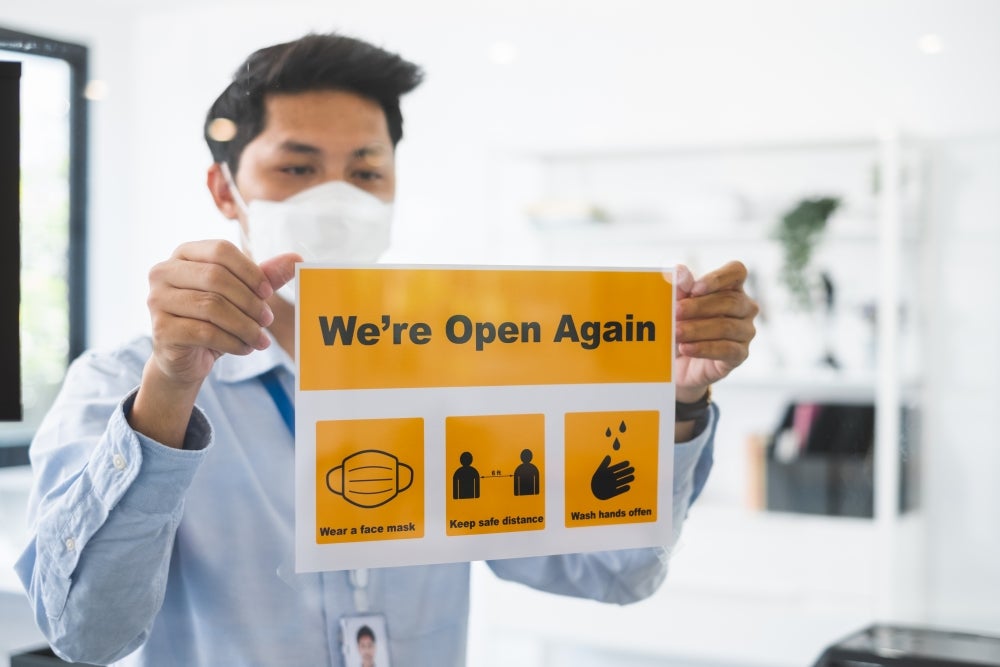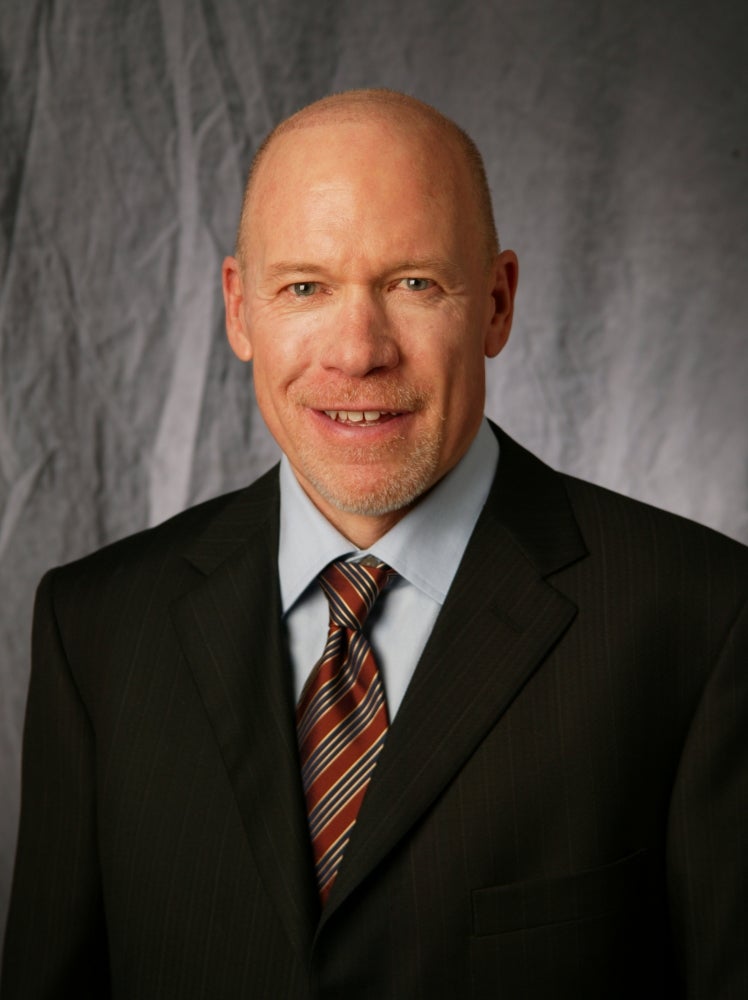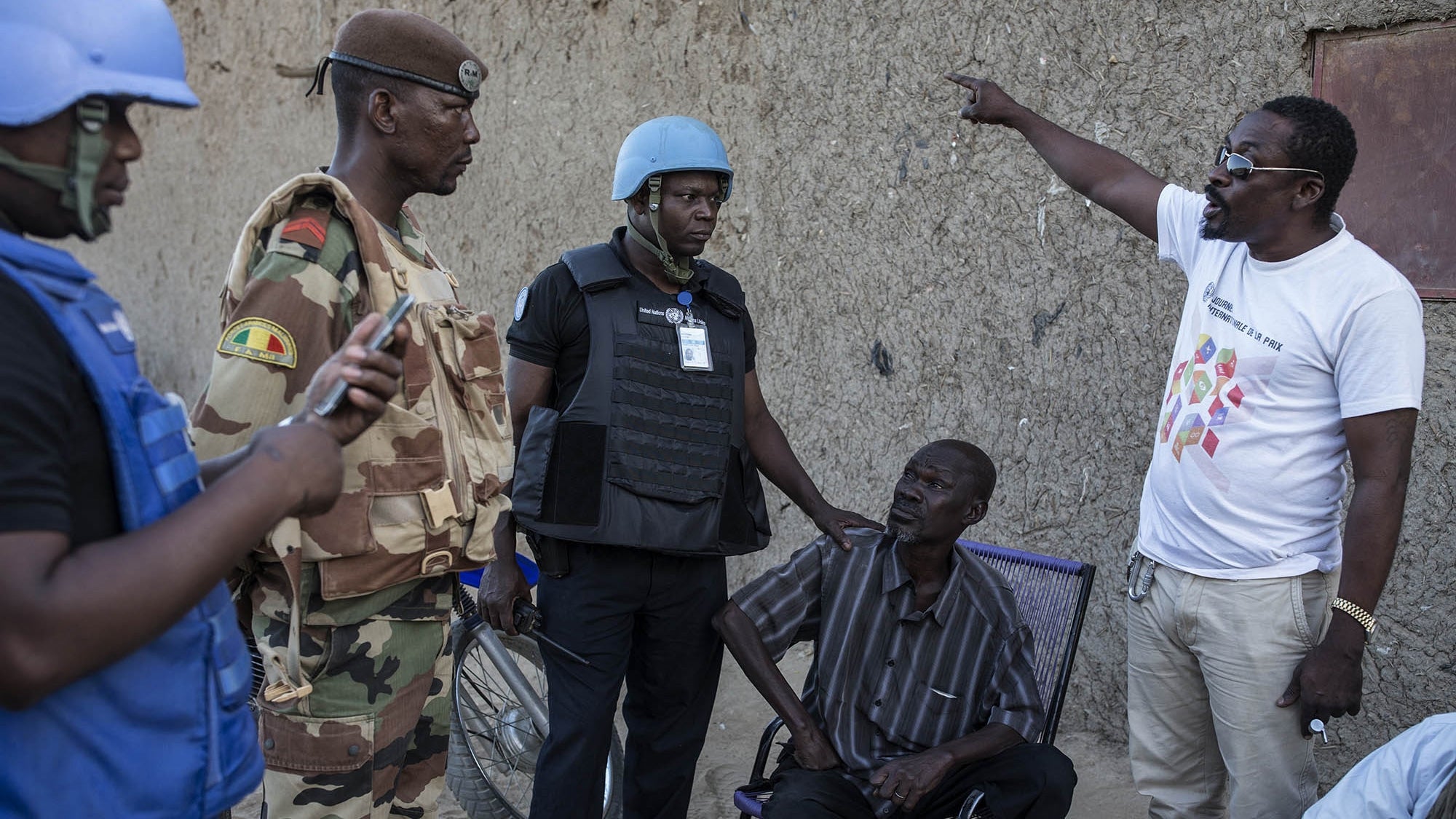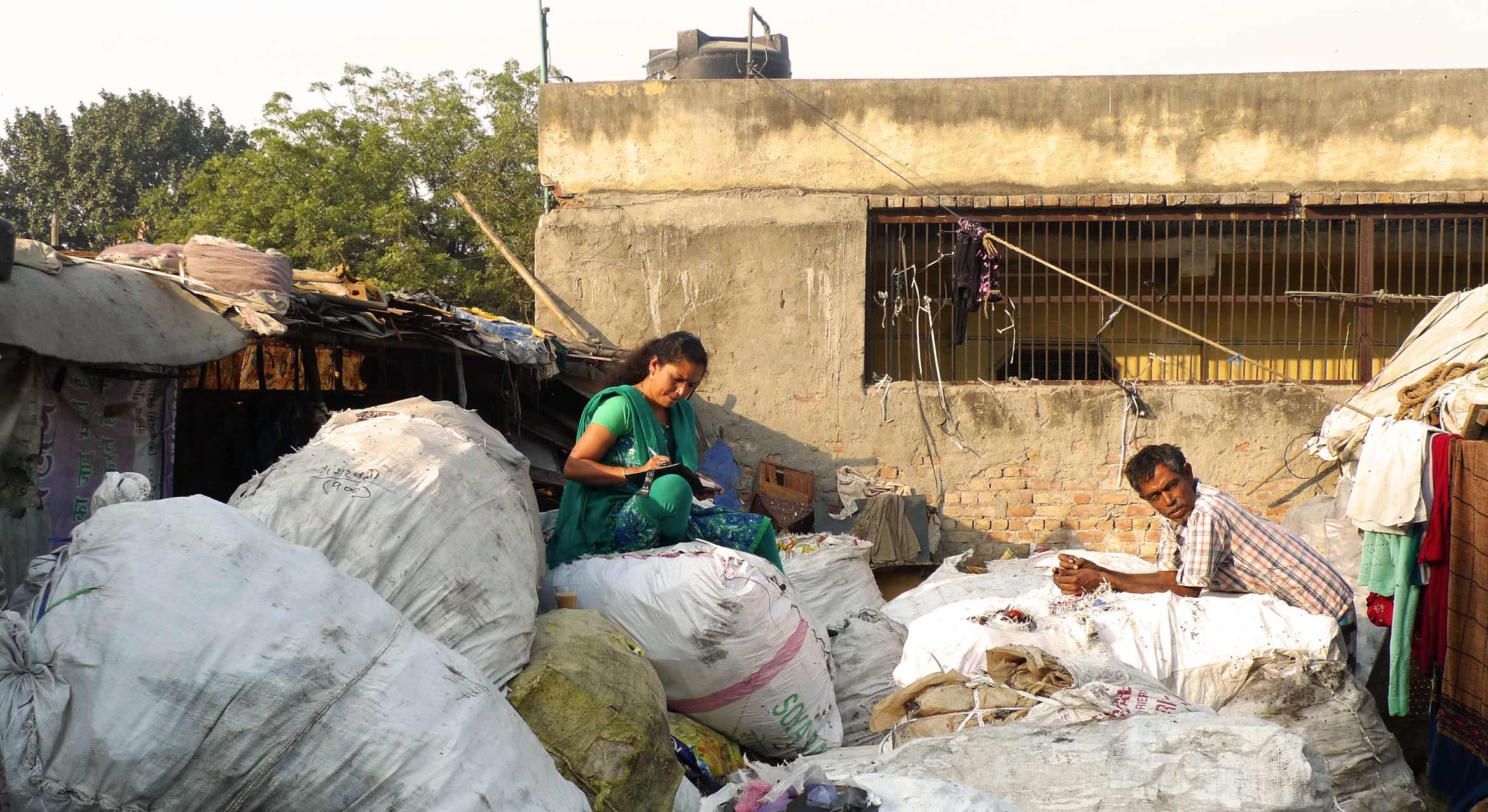

Between vaccinations, back-to-school preparations and end-of-summer vacations, it certainly seems like things are back up and running after almost two years of pandemic isolation and economic downturn.
But SARS-CoV-2 isn’t done with us yet, as the panelists of the recent EFP Informs webinar explained. Presented by UC Santa Barbara’s Economic Forecast Project, the webinar examined the economy against the backdrop of COVID-19’s Delta variant surge. Bottom line: we still need to be careful, lest we lose what progress has been made.
“There’s some bad news out there, and some good news,” said UC Santa Barbara economics professor Peter Rupert. Some areas of the economy have rebounded exceptionally well from the freefall of early 2020, indicated by the stock market, housing prices and rents. Others, such as labor, continue to struggle.
In fact, we're still about 5.3 million people from pre-pandemic employment levels, according to Rupert, referring to the difference in the number of people across the country that have work today, compared to the number of people employed nationwide before the COVID-19 pandemic arrived. “We’ve started to come back, but obviously there’s more work to be done.”
What’s striking, Rupert added, is the number of unfilled employment positions across the U.S.
“There are 1.5 million vacant jobs in the leisure and hospitality sector,” he said, in addition to “substantial” numbers in retail and manufacturing. There are currently more job vacancies in these sectors than there have been in at least the last 20 years, he added, and in fact more jobs overall than unemployed people. Some have attributed this gap to decisions to keep taking unemployment insurance payouts for the time being, while others reason that this could also be a sign of people opting to take other directions in life, like go back to school or train for other work, Rupert said.
This struggle to get back to normal is happening against a COVID-19 surge driven by the highly contagious Delta variant, a wave that began in late July and continues to take its toll as the summer comes to a close. Santa Barbara County has experienced an uptick in new and active cases, as well as in deaths and hospitalizations, a trend that Van Do-Reynoso, director of the Santa Barbara County Public Health Department, and Lynn Fitzgibbons, infectious disease specialist at Cottage Health, have been keeping an eye on. At the start of September the decreasing availability of hospital beds in the county was tipping into the “red zone” of less than 35%.
Meanwhile, ICU beds in Santa Barbara County at the start of the month were approaching 80% occupancy, and some beds may also become occupied by transfer patients from other regions with lower than 10% ICU capacity due to the pandemic, in accordance with recently issued state health orders.
“We want to safeguard our hospital capacity for emergencies or for medical procedures,” Do-Reynoso said. “So when we see hospitals reaching their limits in other areas, it does affect ours as well.”
Behind the scenes, “hospitals are remarkably busy right now,” according to Dr. Fitzgibbons, in terms of the sheer number of patients seeking medical care.
“Some of those are COVID patients,” she said. “But a huge number of them are not COVID patients.” While the reasons may be diverse, she explained, the influx of patients could be due in large part to people who had put off seeking care for a year and a half finally now coming in. Add to that a rise in the number of people who are experiencing mental health and substance use issues. The situation is compounded by the same labor problem affecting other sectors of the economy: more nursing jobs than people to fill them.
Unlike other places experiencing a Delta surge, and unlike the experience with the last wave of COVID before Delta, the rise in cases reported in Santa Barbara County have not yielded a skyrocketing hospitalization rate, contrary to expectations, so far.
“We’re hearing great data out of the Lancet journal and others that say that with Delta compared to Alpha, we are supposed to be seeing more severe disease,” Fitzgibbons said. “Yet here in our community, within our Cottage data, we’re seeing almost an opposite phenomenon.
“Perhaps this time around we’re seeing a younger, healthier population that is less likely to be hospitalized,” Fitzgibbons continued. And perhaps as a community, she said, “we do have very good vaccine protection as a whole cohort.”
Do-Reynoso and Fitzgibbons both offered hopeful news: a small uptick in vaccination rates in the county and a small downturn in positive tests at Cottage in recent days. Whether these small trends result in larger developments remains to be seen — it’s still early in a surge that has been predicted to last in some forecasts until mid-October. There might also be an increase in cases brought on by the restarting of in-person classes at the K-12 levels.
“What we’re hoping is that we don’t see bigger numbers as we start to see the results of our community members — especially those under 12 — bumping into each other again,” Fitzgibbons said.
In the meantime, as we continue to deal with Delta and keep an eye out for emerging variants, as we wait for news of boosters and try to get back to our normal lives, vaccination and mask-wearing continue to be our best bets for abating the spread of the disease and preventing outbreaks, according to the panel.
“I always approach this from layers of protection,” Do-Reynoso said. “The best is being vaccinated. And then you layer on top of that, masking.” While N95 masks are the gold standard, she continued, not everyone has access to the mask or the fit testing that is needed for optimal use.
“We recommend surgical masks; they’re more accessible to the general public,” she said. “But if you’re in a situation where you don’t have an N95 or surgical mask, then a cloth mask is better than nothing.”



